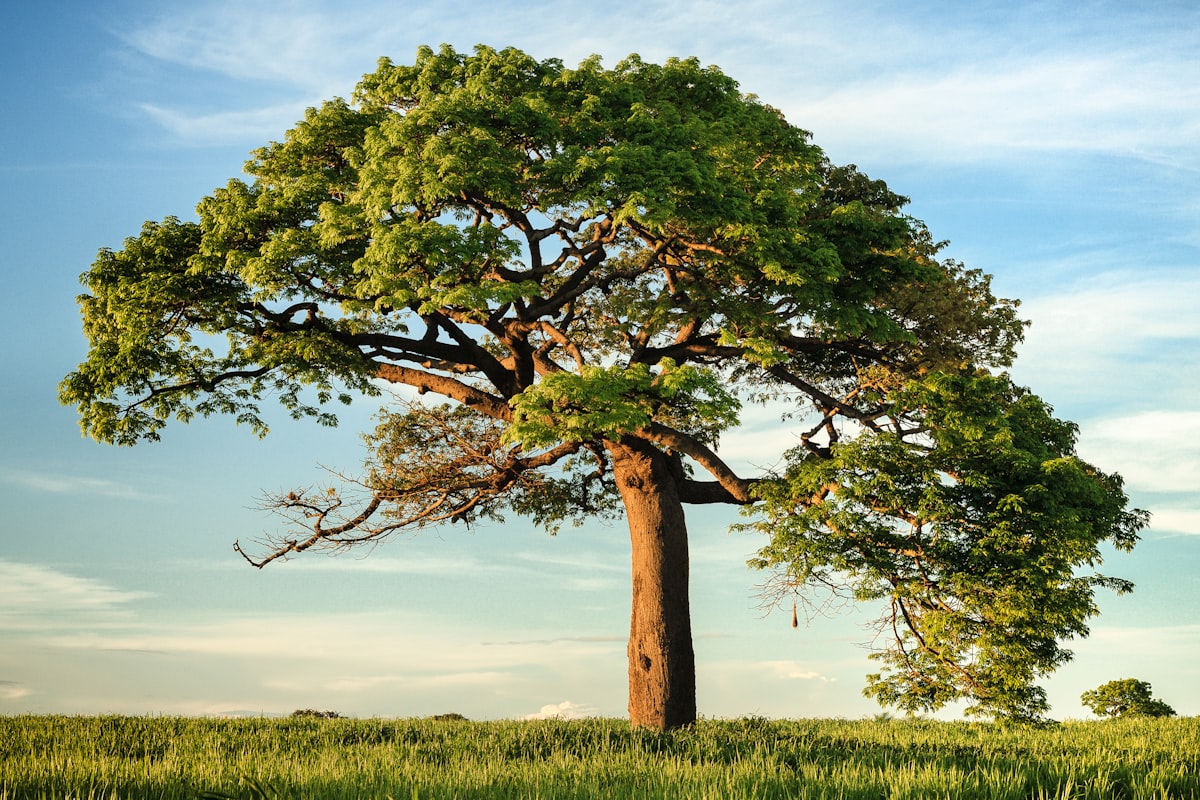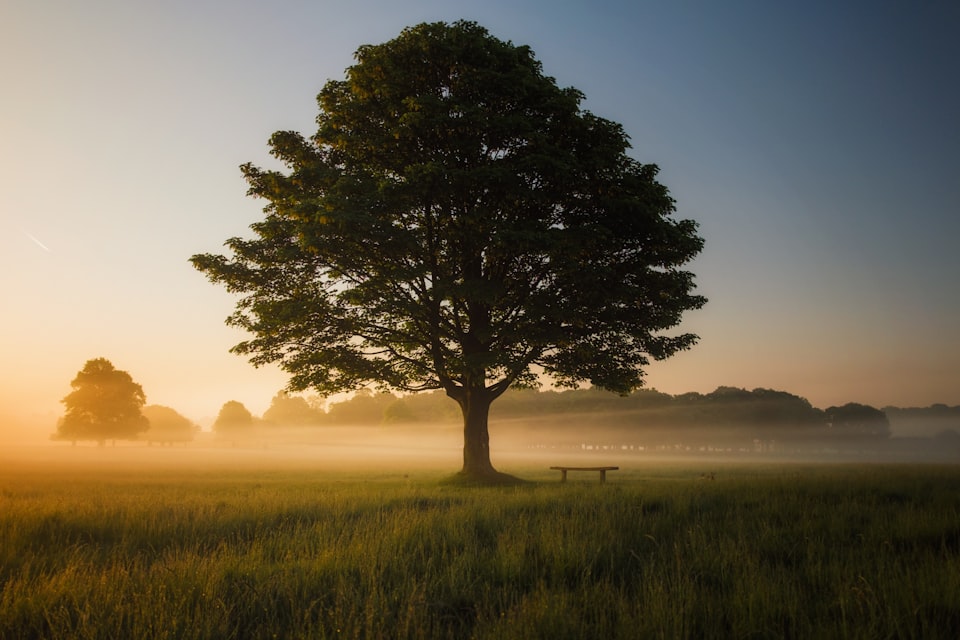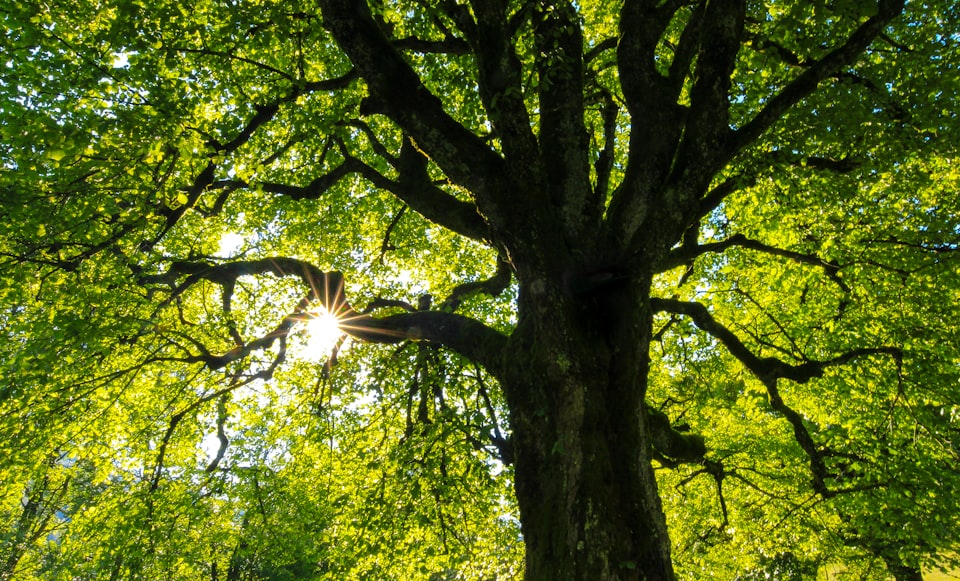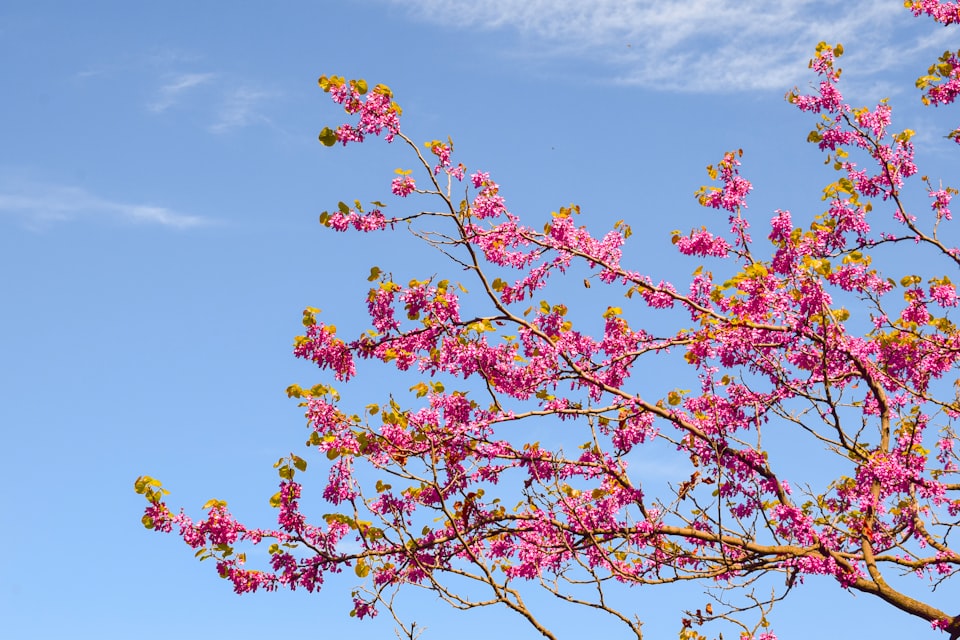II: Elm
How a circle of elms saved a tea house ... and Sweden.

Good morning. Today is duodi, the 12th of Ventôse, Year CCXXXI. We celebrate l'orme, a once-ubiquitous tree that was felled by a fungus.
💡
Dutch elm disease – a voracious fungus spread by a beetle that makes the elm its habitat – absolutely devastated the population of elms in Europe and North America throughout the 20th century. In the United States, an estimated 75 percent of the elm population was killed in just 50 years, including nearly all the elm trees in New Haven, Connecticut, which was once known as "Elm City." While diligent treatment and cultivation of resistant strains of elm are helping the tree to make a comeback, its slow growth means that such efforts have to be sustained over several generations (it takes 60 years for an elm just to reach maturity), and we're still waiting to see if the elms will truly return.
The Kungsträdgården in downtown Stockholm is a lovely preservation and resting place for the capital's busy citizens. It's not perfect – one end is anchored by a T.G.I. Friday's – but as civic parks go, it has its lovely charms, including a small tea hut right in its heart.
The tea hut isn't particularly notable for its food and drink (reviews are middling) but its ambiance, being situated smack in the middle of 13 ancient elm trees, and for its place in Swedish history. A little over 50 years ago, those elm trees changed Swedish politics forever.



